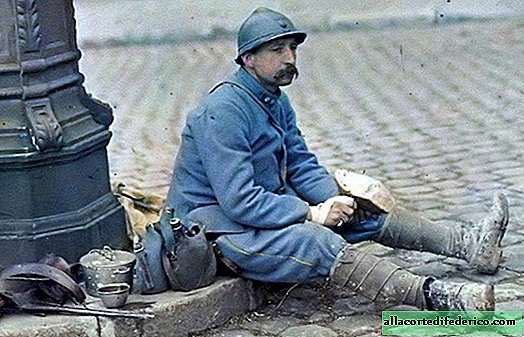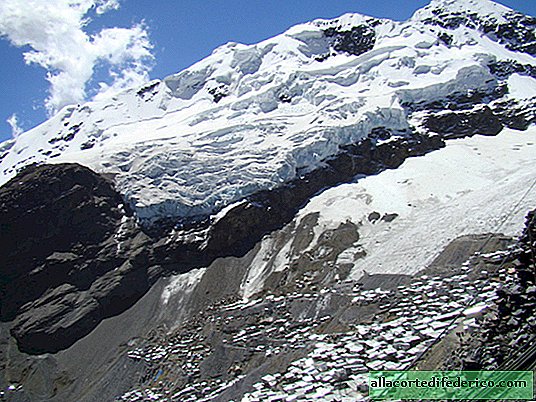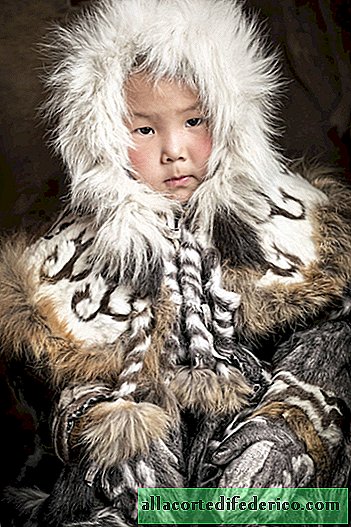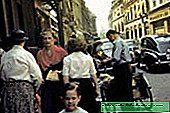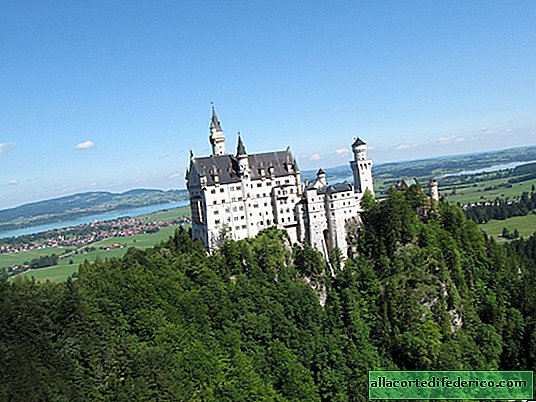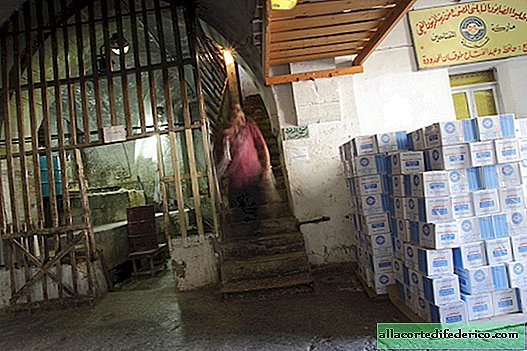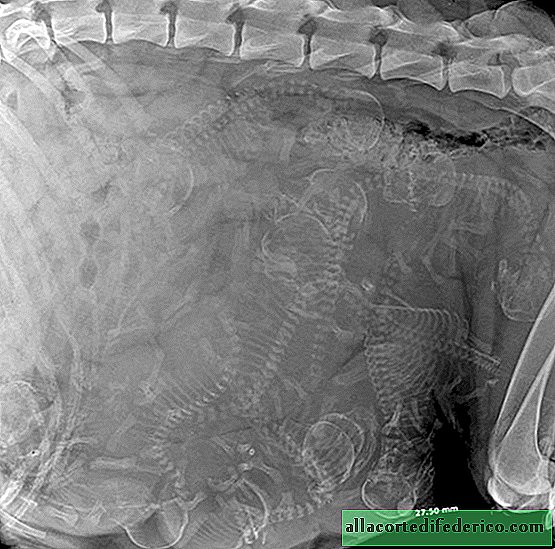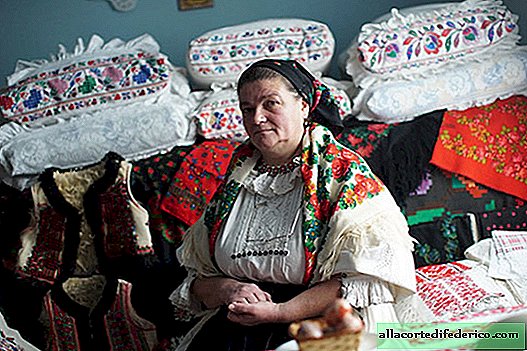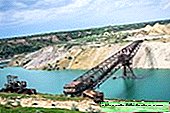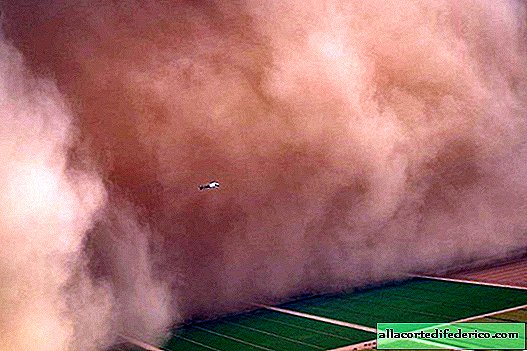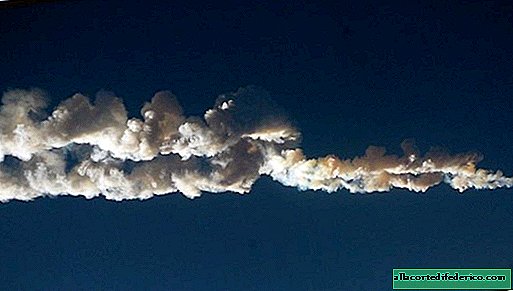Why Baba Yaga is not such a bad character in Russian fairy tales
In Russian folklore, Baba Yaga is an ambiguous character. What is its purpose is not always clear. Whether she is kind or evil, what role does she play in fairy tales and in folklore? On the one hand, she is the figure of mother of nature, who “gives birth” to many other characters, and on the other, she is a villain who loves to eat those who can’t cope with her tasks. The meaning of the word "yaga" varies from "snake" to "evil." So even the name of Baba Yaga speaks of the strangeness and ambiguity of her personality.
Why is she so unusual? We give three examples. Most of the stories are not even about Baba Yaga directly, but about the heroes who meet with her.
Vasilisa the Beautiful
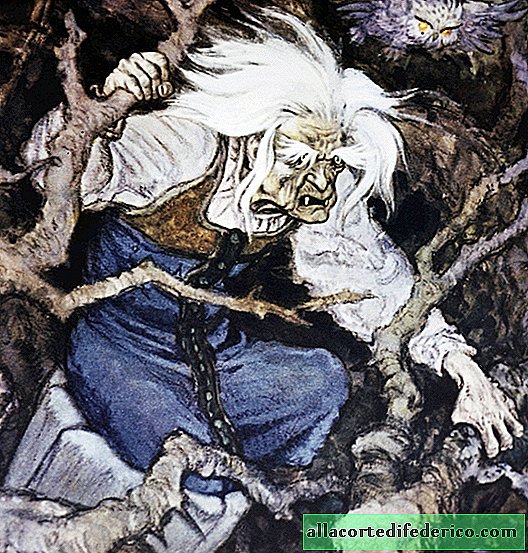
In her story, Vasilisa looks like Cinderella (both mothers died, and her father remarried to an evil woman with two daughters), but only Vasilisa had a magic doll in her assistants. When the girl’s father leaves for the trip, the new stepmother moves with her daughters and Vasilisa to a small house on the forest edge. Soon the half-sisters send Vasilisa to the thicket to find Baba Yaga’s house and bring fire from there. The girl finds the hut of the old woman, and the latter agrees to help the heroine, but demands to cope with many difficult tasks. With the help of a doll, Vasilisa carries out all the tasks and receives as a promised reward the fire in the lantern in the form of a skull. He, to the surprise of Vasilisa, sets fire to her terrible family when the girl returns home. Of course, Vasilisa’s story ends with a happy note, her wedding with the sovereign, but the role of Baba Yaga in her story is the most intriguing.
Baba Yaga acts both as an obstacle for Vasilisa and as a savior, because without a lantern she would never have been freed from her brutal step-up family. Nevertheless, the way Baba Yaga helps her is terrifying. She clearly has little resemblance to the fairy godmother Cinderella. Baba Yaga is more likely comparable to an evil stepmother. She helps Vasilisa become free, but at the same time kills three people, instead of just helping her escape from a non-native family.
Yaga as mother of nature
Baba Yaga in folklore also appears as mother earth. It affects the natural world through riders - white, red and black. Baba Yaga claims that the riders are day, sun and night, she controls each of them, they are her servants (and according to another version, even sons). In this case, the reader can understand the whole natural power of Baba Yaga.
Baba Yaga and peasant children

Another story tells of peasant children who, again, suffered from the brutality of their stepmother.
In the story, the children are sent to Baba Yaga to get rid of them, but they manage to escape from the hut. In this they are helped by animals, plants and even objects. The black cat helps them escape, because the children feed her, and Yaga does not; the gates turn into an obstacle for Baba Yaga, because she never cares for them; and even the trees in the forest try to stand in her way. Thus, the kids return home safe and sound, and Baba Yaga cannot continue the search. Again, this story ends well: the stepmother leaves, the father protects his children, but here the role of Baba Yaga is again ambiguous. After all, she could not touch the children if they had not bothered her first.
Thus, despite the fact that the Yagu is considered a deity, akin to mother nature, the natural world protests against it.
It is precisely because of her interesting character that Baba Yaga remains a fascinating character in fairy tales, which scientists continue to discuss and explore. She adds secrets to every story she participates in, as the reader is not sure of her actions, whether her intentions will be villainous or helpful. That is, of course, she is in the camp of the “enemy”, “villain” in a fairy tale, but how her help will turn out is always a mystery.

